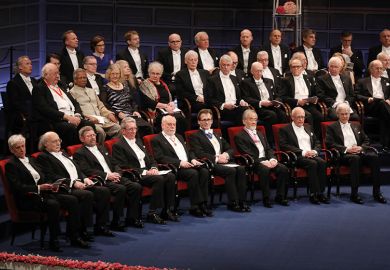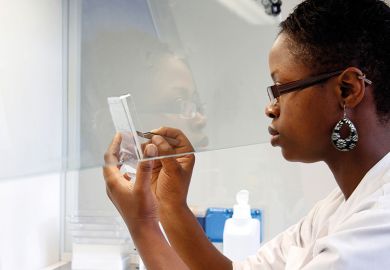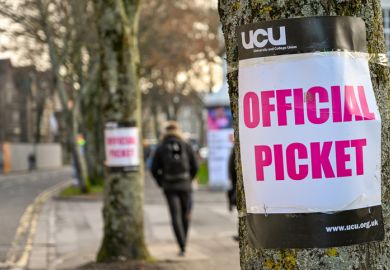The majority of Dutch universities are set to miss their targets for employing more female professors despite the country’s engaging in one of the world’s most intensive programmes to achieve gender balance at the higher levels of academia.
Initiatives such as women-only hiring programmes have nearly doubled the proportion of female professors over the past decade, but at some universities barely more than one in 10 professors are women.
A report on the progress of women in Dutch academia released on 12 November found that, by the end of 2016, 19.3 per cent of professors were female, 1.2 percentage points higher than the previous year and up from about 10 per cent a decade before.
In 2015, at the urging of Jet Bussemaker, who was then education minister, Dutch universities came up with female professor targets for 2020, explained Yvonne Schaap-Koenen, senior adviser on research and science policy at the Ministry of Education, Culture and Science. “She said again and again, you have to do something because we are lagging behind,” Ms Schaap-Koenen said.
The Dutch academy is one of the most male-dominated in Europe, according to the most recent figures from the European Commission. In 2013, just 16.2 per cent of academics at the top level were female, compared with an EU average of 20.9 per cent.
The 2020 targets vary from institution to institution. The Dutch Open University has committed to hitting 35 per cent, and it had reached 29.1 per cent at the end of 2016. The Technical University of Delft has a target of 15 per cent, and it is currently at about 12.5 per cent.
According to the new report, Monitor Vrouwelijke Hoogleraren 2017, “based on the average growth over the last 10 years, the 2017 Monitor forecasts that six of the 14 universities will actually achieve these targets”.
There are no sanctions or punishments if the universities fail to hit the targets, Ms Schaap-Koenen said. However, financial inducements have been offered to boost the number of women: this year, the ministry offered universities 100 grants of €50,000 (£43,800) to encourage them to appoint more female full professors. “It’s a small amount of money compared with a professor’s salary…but it bridges the gap between associate professor and professor,” she said. However, extra female professors hired under this scheme are on top of a university’s 2020 target.
Dutch universities have implemented a wide range of schemes to close the gender gap, including women-only research fellowships and financial compensation for maternity leave so that a female researcher can, for example, afford a sabbatical to write up her results and fill in the “gap” in her CV.
Although the proportion of female researchers at all levels rose in 2016, the ratio of female PhD students dipped for the fifth year in a row to 43 per cent. In the Netherlands, 53.3 per cent of graduates are female.
Register to continue
Why register?
- Registration is free and only takes a moment
- Once registered, you can read 3 articles a month
- Sign up for our newsletter
Subscribe
Or subscribe for unlimited access to:
- Unlimited access to news, views, insights & reviews
- Digital editions
- Digital access to THE’s university and college rankings analysis
Already registered or a current subscriber?








